Home>Gardening & Outdoor>Landscaping Ideas>What Eats The Grass
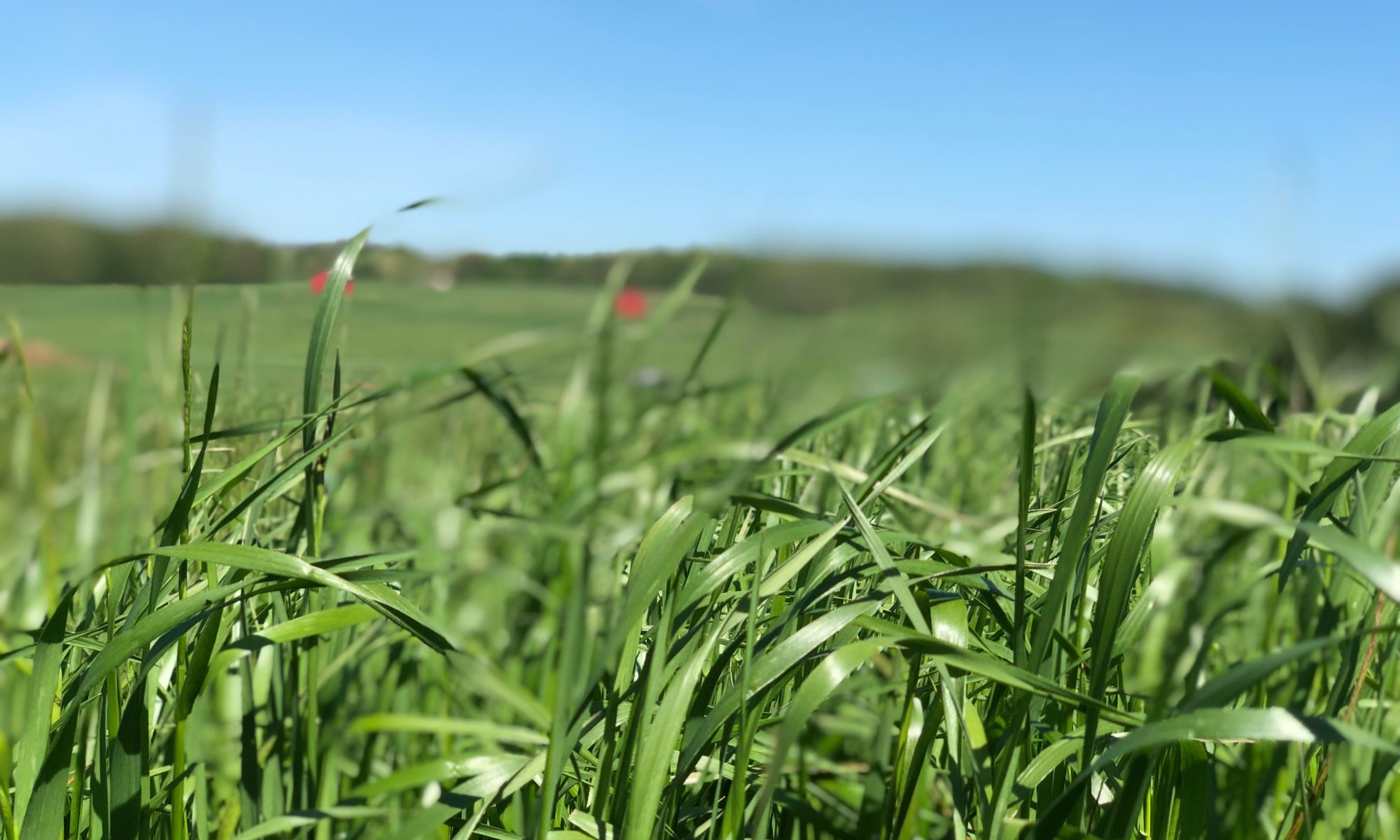

Landscaping Ideas
What Eats The Grass
Modified: February 18, 2024
Discover effective landscaping ideas for maintaining a healthy lawn. Learn what eats the grass and how to protect your landscaping investment.
(Many of the links in this article redirect to a specific reviewed product. Your purchase of these products through affiliate links helps to generate commission for Storables.com, at no extra cost. Learn more)
Introduction
Welcome to the fascinating world of the food chain, where the lush green carpet of grass serves as a vital source of sustenance for a variety of creatures. In this article, we will delve into the diverse array of organisms that rely on grass as a primary component of their diet. From tiny insects to majestic mammals, the ecosystem of grasslands teems with life, each species playing a unique role in the intricate web of nature.
Exploring the question “What eats the grass?” unveils a captivating narrative of interdependence and adaptation. By understanding the herbivores, insects, birds, and mammals that consume grass, we gain a deeper appreciation for the delicate balance that sustains these ecosystems. Furthermore, we will discover how omnivores, with their versatile diets, also partake in the consumption of grass, albeit in a more indirect manner.
Join us on this enlightening journey as we uncover the diverse array of creatures that rely on grass as a vital source of nourishment, and gain a newfound understanding of the intricate relationships that define the natural world.
Key Takeaways:
- Grasslands are home to a variety of creatures, from insects to mammals, that rely on grass as a vital source of food. Each species plays a unique role in the delicate balance of the ecosystem.
- The consumption of grass within grassland ecosystems reflects a complex and interconnected web of ecological relationships, where each organism contributes to the resilience and sustainability of these vital habitats.
Read more: What Eats Grass
Herbivores
Herbivores, the primary consumers in the grassland ecosystem, play a crucial role in maintaining the balance of the food chain. These animals, ranging from insects to large mammals, have evolved specialized digestive systems to efficiently process the fibrous plant matter found in grass.
One of the most iconic herbivores found in grasslands is the zebra. With its distinctive black and white stripes, the zebra roams the savannas and grassy plains, grazing on an assortment of grass species. Their digestive systems are adept at breaking down cellulose, the main structural component of grass, allowing them to extract nutrients and energy from this abundant food source.
Additionally, the elegant giraffe, with its long neck and prehensile tongue, is a prominent herbivore that relies on the foliage of acacia trees and other vegetation found in grasslands. Despite the abundance of grass, the giraffe’s feeding behavior reflects its selective nature, often opting for leaves and shoots that are higher in nutrients.
Moreover, herbivorous insects, such as grasshoppers and caterpillars, also contribute to the consumption of grass in the ecosystem. These diminutive creatures play a significant role in the food chain, serving as a vital food source for predators while simultaneously shaping the vegetation through their feeding habits.
Overall, herbivores form the foundation of the grassland food web, channeling the energy from the sun, captured by plants, into the higher trophic levels. Their grazing activities not only influence the structure and composition of the grasslands but also sustain a myriad of predators and scavengers, underscoring their indispensable role in the intricate tapestry of life.
Insects
Within the bustling microcosm of grasslands, insects wield a significant influence on the consumption of grass. These diminutive yet prolific creatures encompass a diverse array of species, each with its own specialized feeding habits that contribute to the intricate balance of the ecosystem.
Among the most notable grassland insects are grasshoppers, renowned for their voracious appetite for grass and other vegetation. Their powerful mandibles enable them to efficiently consume plant matter, making them a formidable force in the realm of herbivory. Grasshoppers play a pivotal role in regulating the growth of grasses, shaping the structure of the plant communities, and serving as a vital food source for numerous predators.
Furthermore, the industrious ant, with its complex social structure and remarkable foraging capabilities, also partakes in the consumption of grass. While ants are not direct consumers of grass blades, they contribute to the breakdown of organic matter, including decaying grass, through their role as detritivores. This process of decomposition enriches the soil and facilitates the recycling of nutrients, underscoring the invaluable role of ants in the grassland ecosystem.
In addition to grasshoppers and ants, caterpillars represent another significant group of grassland insects that contribute to the consumption of grass. These larval stages of butterflies and moths exhibit a diverse range of feeding strategies, with some species specializing in consuming grass leaves and stems. Their feeding activities not only influence the growth and regrowth of grasses but also serve as a vital food source for insectivorous birds and other predators.
Overall, the myriad of insect species found in grasslands collectively shape the dynamics of the ecosystem through their diverse feeding habits and ecological interactions. Their roles as herbivores, detritivores, and prey organisms contribute to the resilience and biodiversity of grassland ecosystems, highlighting the indispensable nature of these industrious and adaptable creatures.
Birds
Amidst the expansive grasslands, a diverse array of avian species partake in the consumption of grass, contributing to the intricate web of ecological interactions that define these vibrant ecosystems. From agile songbirds to majestic raptors, birds play a pivotal role in regulating insect populations, shaping vegetation, and contributing to the overall balance of the grassland ecosystem.
One of the most iconic grassland birds renowned for its association with grass is the meadowlark. These melodious songbirds, with their striking yellow plumage and intricate vocalizations, forage amidst the grassy expanse, feeding on a varied diet that includes grass seeds and insects. Their presence not only adds a symphonic dimension to the grasslands but also underscores their role as consumers of grass-associated resources.
Furthermore, the agile and acrobatic Eastern kingbird, with its sleek black and white plumage, is another prominent grassland bird that actively consumes insects found amidst the grasses. Their adept aerial foraging techniques allow them to capture flying insects, contributing to the regulation of insect populations within the grassland ecosystem.
Add to this the charismatic presence of the northern harrier, a raptor known for its graceful flight and keen hunting prowess. These birds of prey, with their keen eyesight and agility, hunt for small mammals and birds amidst the grasslands, contributing to the regulation of herbivore and small mammal populations that interact with the grasses.
Moreover, the iconic American kestrel, with its vibrant plumage and hovering hunting behavior, also frequents grasslands, preying on grasshoppers, small rodents, and other creatures that inhabit these open habitats. Their role as avian predators contributes to the regulation of herbivore populations, indirectly influencing the consumption of grass within the ecosystem.
Overall, the diverse array of bird species found in grasslands contributes to the regulation of insect populations, the dispersal of seeds, and the overall balance of the ecosystem. Their presence and feeding behaviors underscore the intricate web of interactions that define the grassland ecosystem, highlighting the indispensable role of birds in these dynamic and vibrant habitats.
Tip: Grass is eaten by a variety of animals, including cows, sheep, horses, and deer. Insects like grasshoppers and caterpillars also feed on grass.
Mammals
Within the dynamic realm of grassland ecosystems, a diverse array of mammals partake in the consumption of grass, playing a pivotal role in shaping the structure and dynamics of these open habitats. From the iconic grazers to the burrowing rodents, mammals contribute to the intricate web of interactions that define the grassland food chain.
One of the most emblematic grassland mammals, the bison, roams the expansive grassy plains, utilizing its massive bulk to graze on a variety of grass species. These imposing herbivores play a crucial role in shaping the grasslands through their grazing activities, influencing the composition and structure of the vegetation while simultaneously providing sustenance for a myriad of predators and scavengers.
Moreover, the pronghorn, renowned for its remarkable speed and endurance, also relies on grass as a primary component of its diet. These agile herbivores traverse the grasslands, grazing on a diverse array of grasses and forbs, contributing to the consumption and regulation of plant resources within the ecosystem.
Additionally, the endearing prairie dog, with its intricate burrow systems and complex social structures, also contributes to the consumption and modification of grass in the grassland ecosystem. While these rodents primarily feed on grasses and forbs, their burrowing activities and grazing behaviors influence the structure of the vegetation, shaping the mosaic of habitats within the grasslands.
Furthermore, the enigmatic black-tailed prairie dog, with its intricate social networks and bustling colonies, also partakes in the consumption of grasses, contributing to the complex dynamics of the grassland ecosystem. Their foraging activities and communal behaviors underscore their role as vital components of the grassland food web.
Overall, the diverse array of mammalian herbivores found in grasslands contributes to the regulation of vegetation, the dispersal of seeds, and the overall balance of the ecosystem. Their grazing activities, foraging behaviors, and ecological interactions shape the intricate tapestry of life within these open habitats, highlighting the indispensable role of mammals in the dynamic and vibrant grassland ecosystems.
Read more: What Eats Turtle Grass
Omnivores
Amidst the rich tapestry of grassland ecosystems, omnivores play a distinctive role in the consumption of grass indirectly through their diverse and adaptable diets. These versatile creatures, encompassing a wide array of species, partake in the consumption of both plant and animal matter, contributing to the complex dynamics of the grassland food web.
One of the most iconic omnivores found in grasslands is the red fox. With its sleek red fur and keen hunting prowess, the red fox preys on small mammals, birds, and insects that inhabit the grasslands. While grass does not form a significant portion of its diet, the presence of omnivorous mammals such as the red fox indirectly influences the grassland ecosystem by regulating the populations of herbivores and small mammals that interact with the grasses.
Furthermore, the opportunistic raccoon, known for its dexterous paws and versatile diet, also frequents grassland habitats. While its diet primarily consists of fruits, nuts, insects, and small vertebrates, the raccoon’s foraging activities contribute to the dispersal of seeds and the regulation of insect populations within the grassland ecosystem.
In addition to mammals, avian omnivores such as the crow and the magpie also play a role in the consumption of grass indirectly through their varied diets. These intelligent and adaptable birds consume a diverse array of food items, including insects, small vertebrates, fruits, and seeds, contributing to the overall balance of the grassland ecosystem through their foraging activities and ecological interactions.
Moreover, the omnivorous coyote, with its remarkable adaptability and wide-ranging diet, also influences the grassland ecosystem through its interactions with herbivores and small mammals. While grass does not constitute a significant portion of its diet, the presence of omnivorous predators such as the coyote contributes to the regulation of herbivore populations, indirectly impacting the consumption and dynamics of grass within the ecosystem.
Overall, the presence of omnivores in grassland ecosystems contributes to the complex web of ecological interactions, indirectly influencing the consumption of grass through their varied diets and regulatory roles within the ecosystem. Their adaptability and diverse feeding habits underscore their significance in the intricate tapestry of life within these dynamic and vibrant habitats.
Conclusion
The intricate web of life within grassland ecosystems revolves around the fundamental question, “What eats the grass?” This query unravels a captivating narrative of interdependence, adaptation, and ecological balance, highlighting the diverse array of organisms that rely on grass as a vital source of sustenance.
From the iconic herbivores that graze on the verdant carpet of grass to the industrious insects that shape the vegetation, each component of the grassland food web plays a unique and indispensable role in maintaining the delicate balance of these vibrant ecosystems. The herbivores, ranging from majestic mammals to diminutive insects, channel the energy from the sun, captured by plants, into the higher trophic levels, sustaining a myriad of predators and scavengers.
Furthermore, the avian inhabitants of grasslands, with their diverse feeding habits and ecological roles, contribute to the regulation of insect populations, the dispersal of seeds, and the overall balance of the ecosystem. Their presence adds a symphonic dimension to the grasslands, underscoring the intricate web of interactions that define these dynamic habitats.
Moreover, the diverse array of mammalian herbivores and omnivores found in grasslands shape the structure and dynamics of these open habitats, influencing the composition of vegetation, the dispersal of seeds, and the overall balance of the ecosystem. Their grazing activities, foraging behaviors, and ecological interactions underscore their significance in the intricate tapestry of life within these dynamic and vibrant ecosystems.
Overall, the consumption of grass within grassland ecosystems reflects a complex and interconnected web of ecological relationships, where each organism, from the smallest insect to the largest mammal, contributes to the resilience and sustainability of these vital habitats. By understanding the diverse array of creatures that rely on grass as a vital source of nourishment, we gain a newfound appreciation for the delicate balance that defines the natural world, and the indispensable role of each species in shaping the vibrant tapestry of life within grassland ecosystems.
Frequently Asked Questions about What Eats The Grass
Was this page helpful?
At Storables.com, we guarantee accurate and reliable information. Our content, validated by Expert Board Contributors, is crafted following stringent Editorial Policies. We're committed to providing you with well-researched, expert-backed insights for all your informational needs.
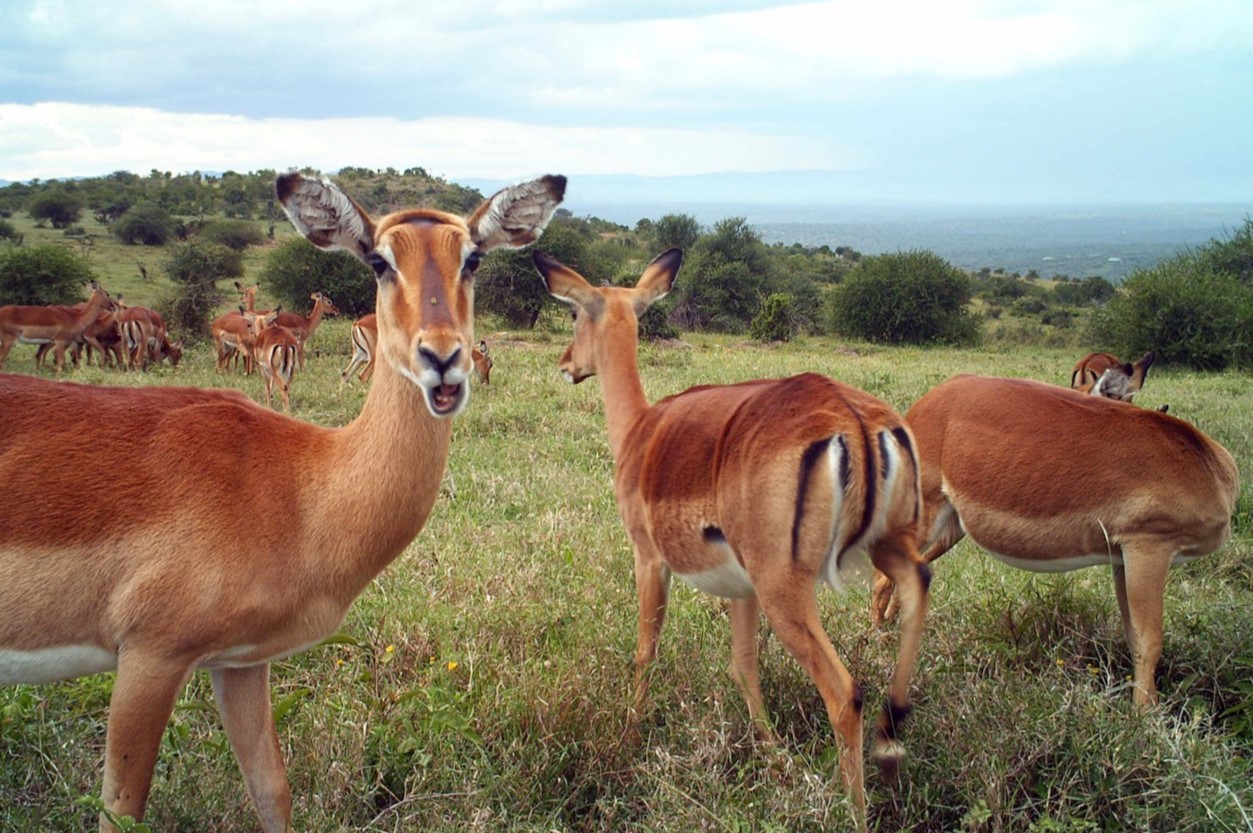
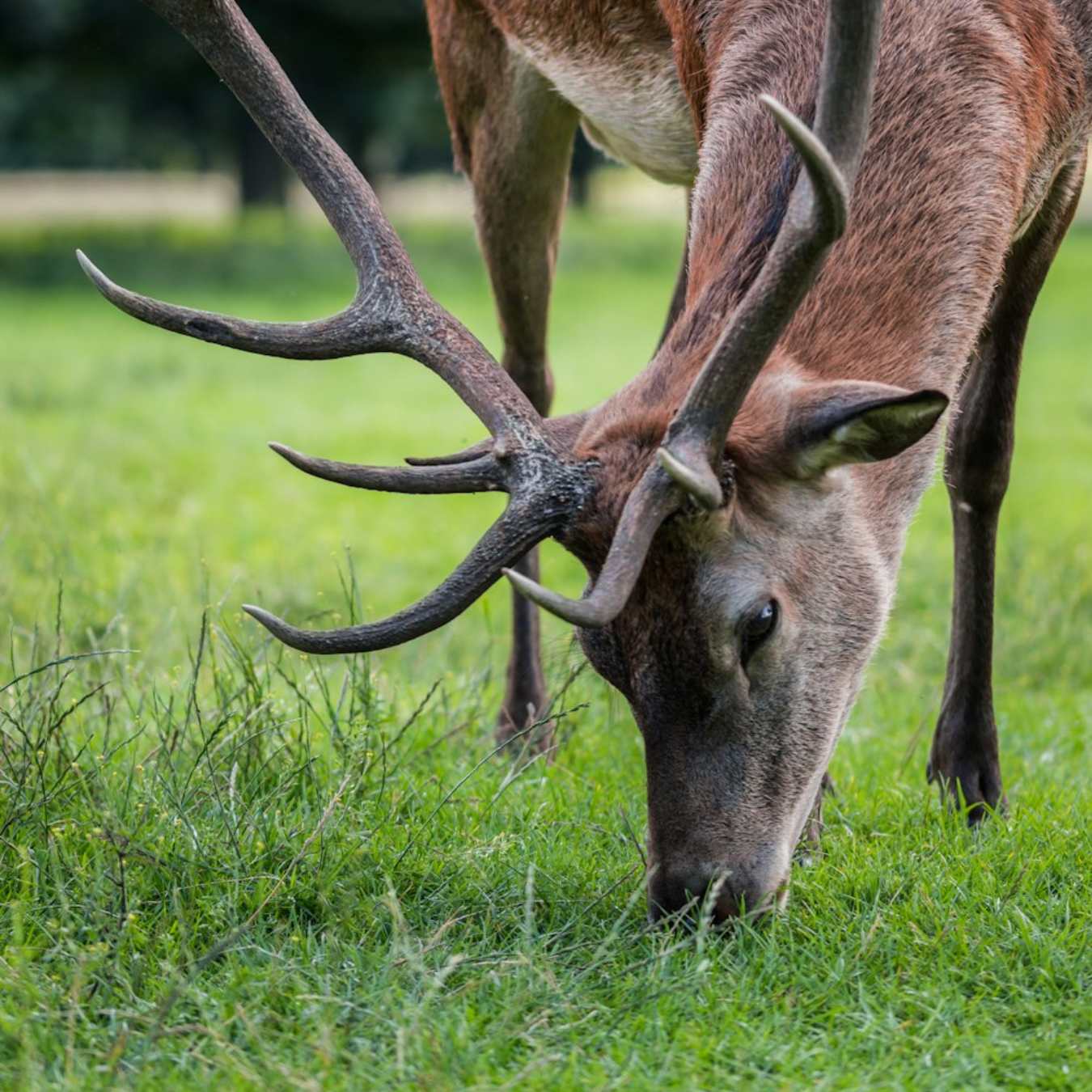
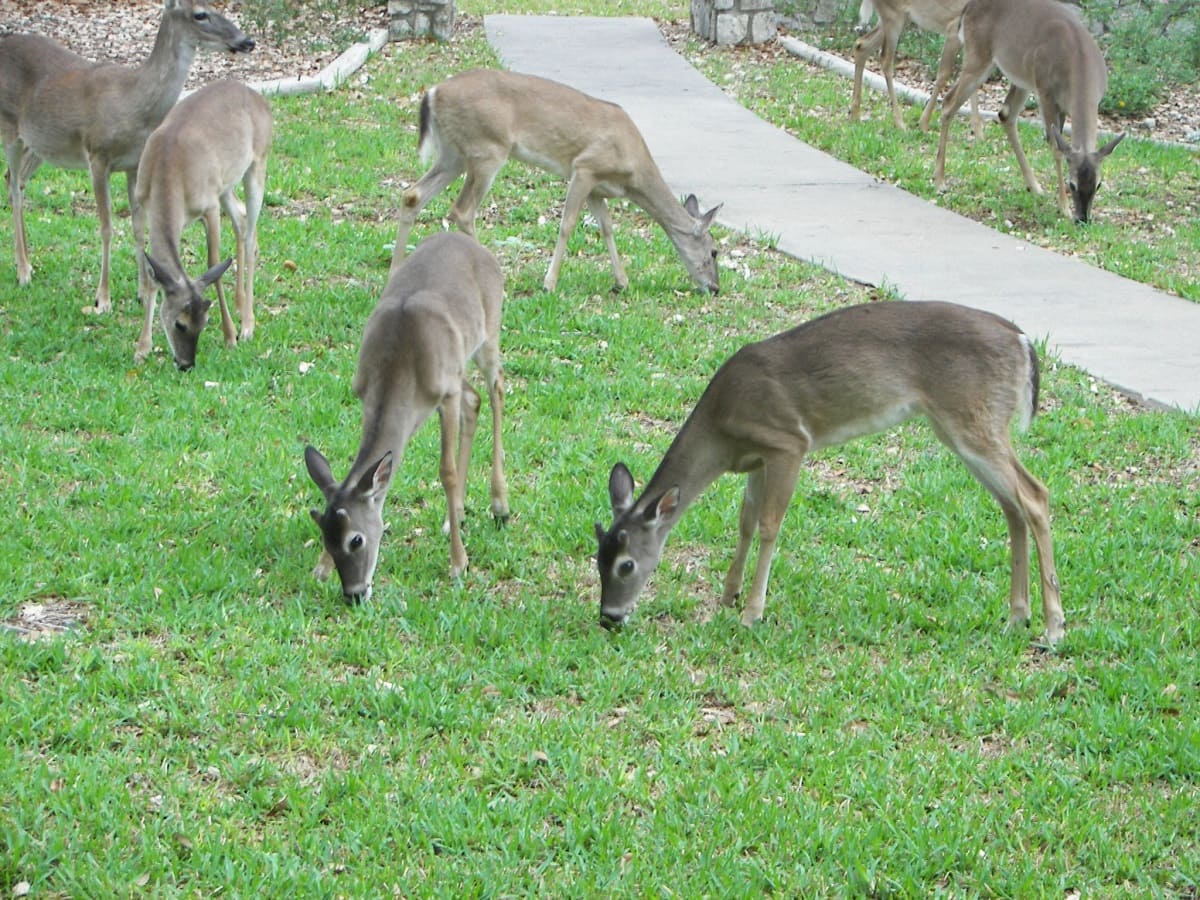
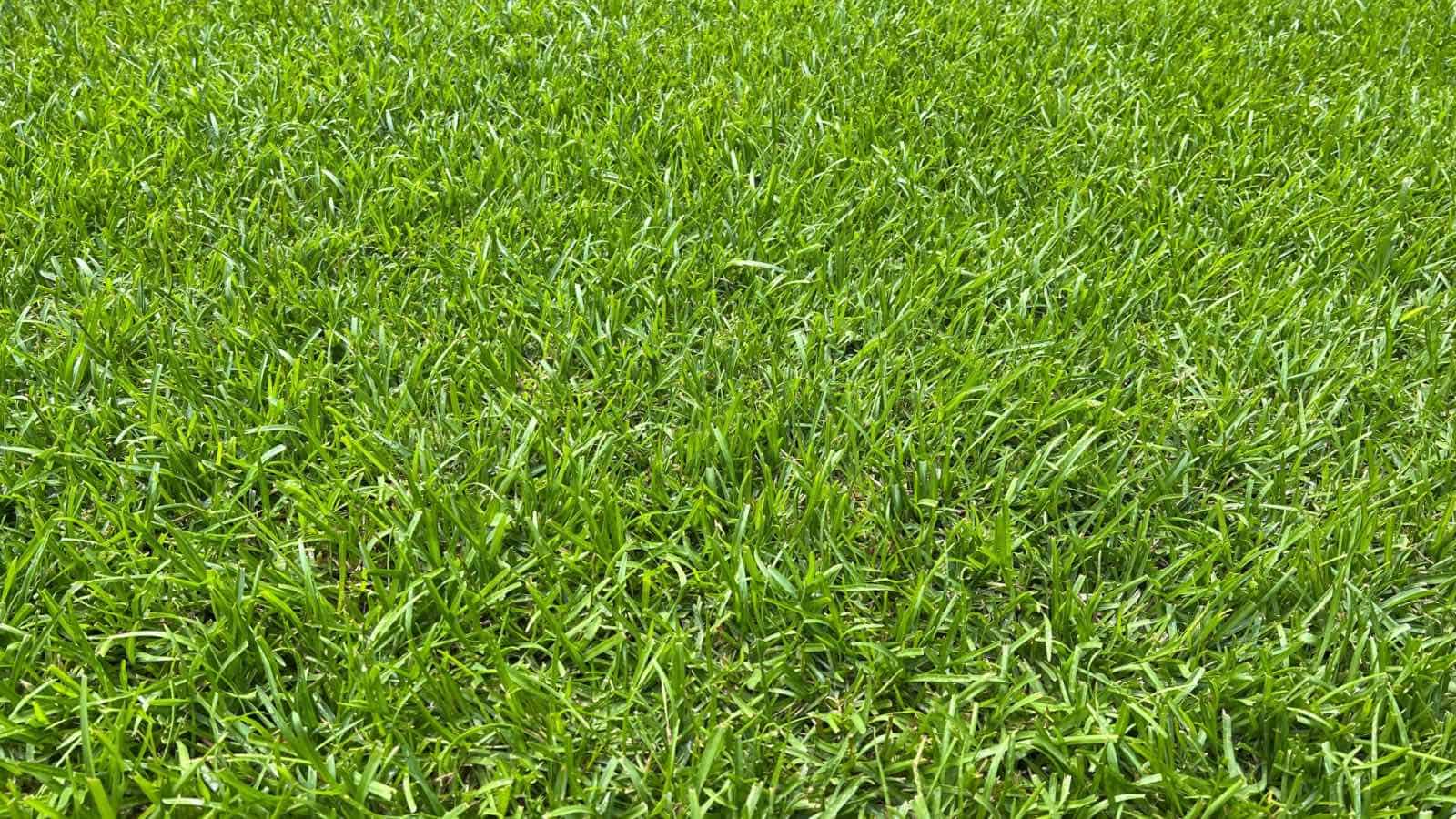
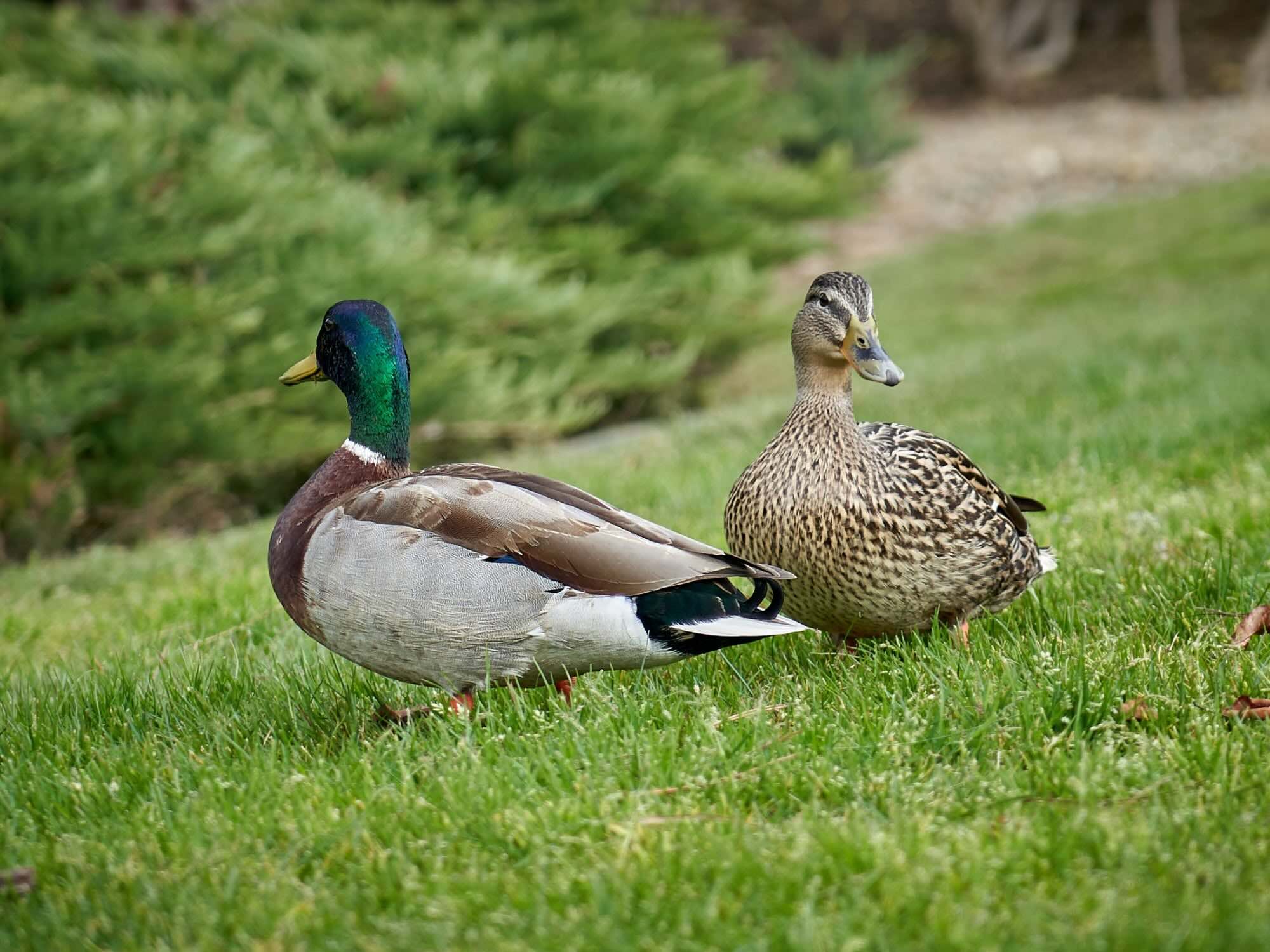
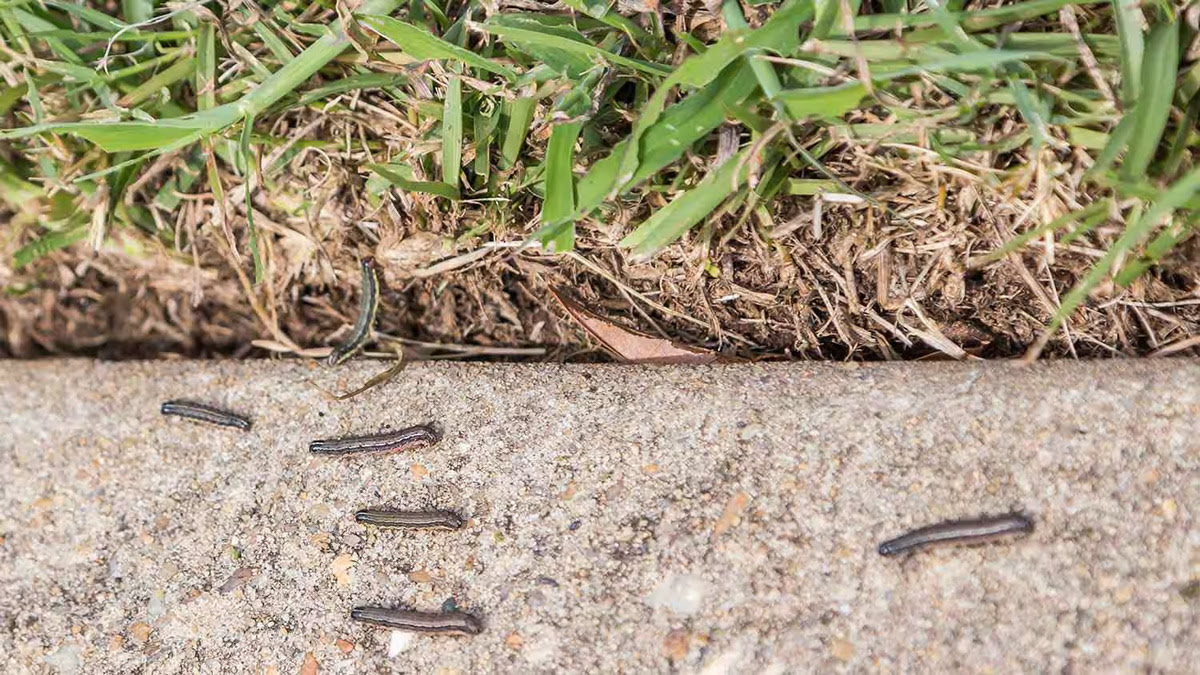
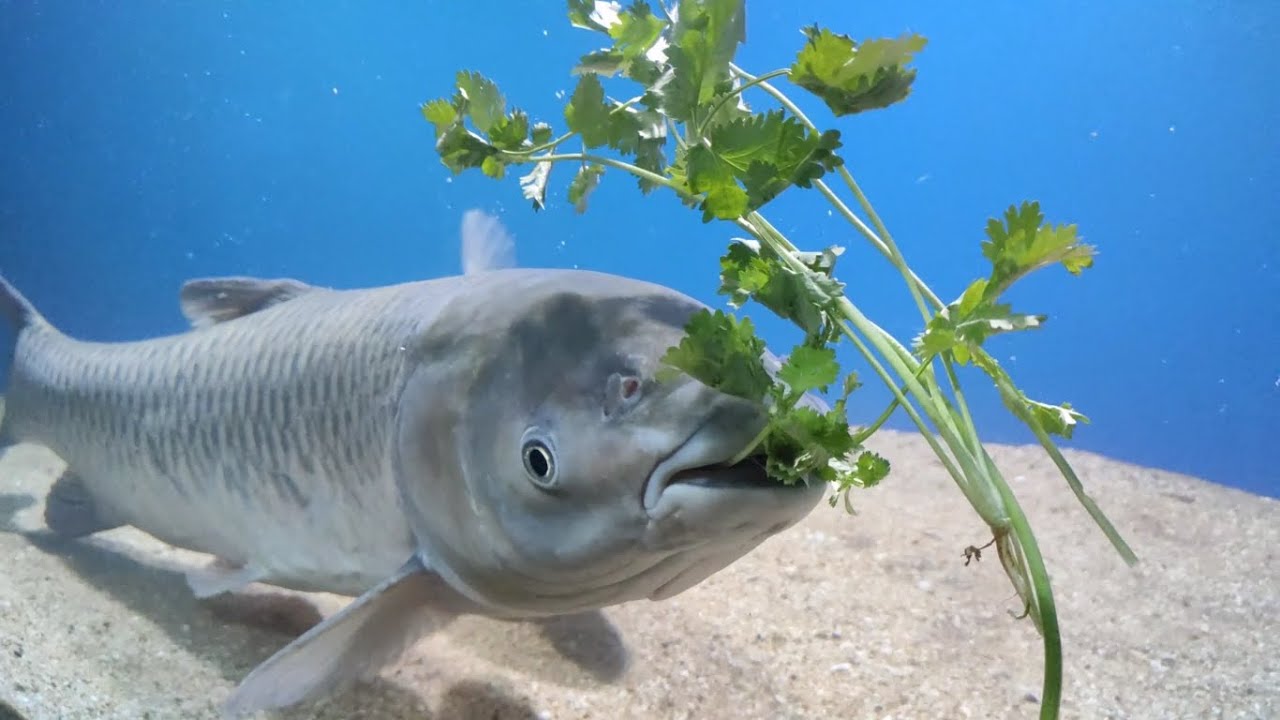
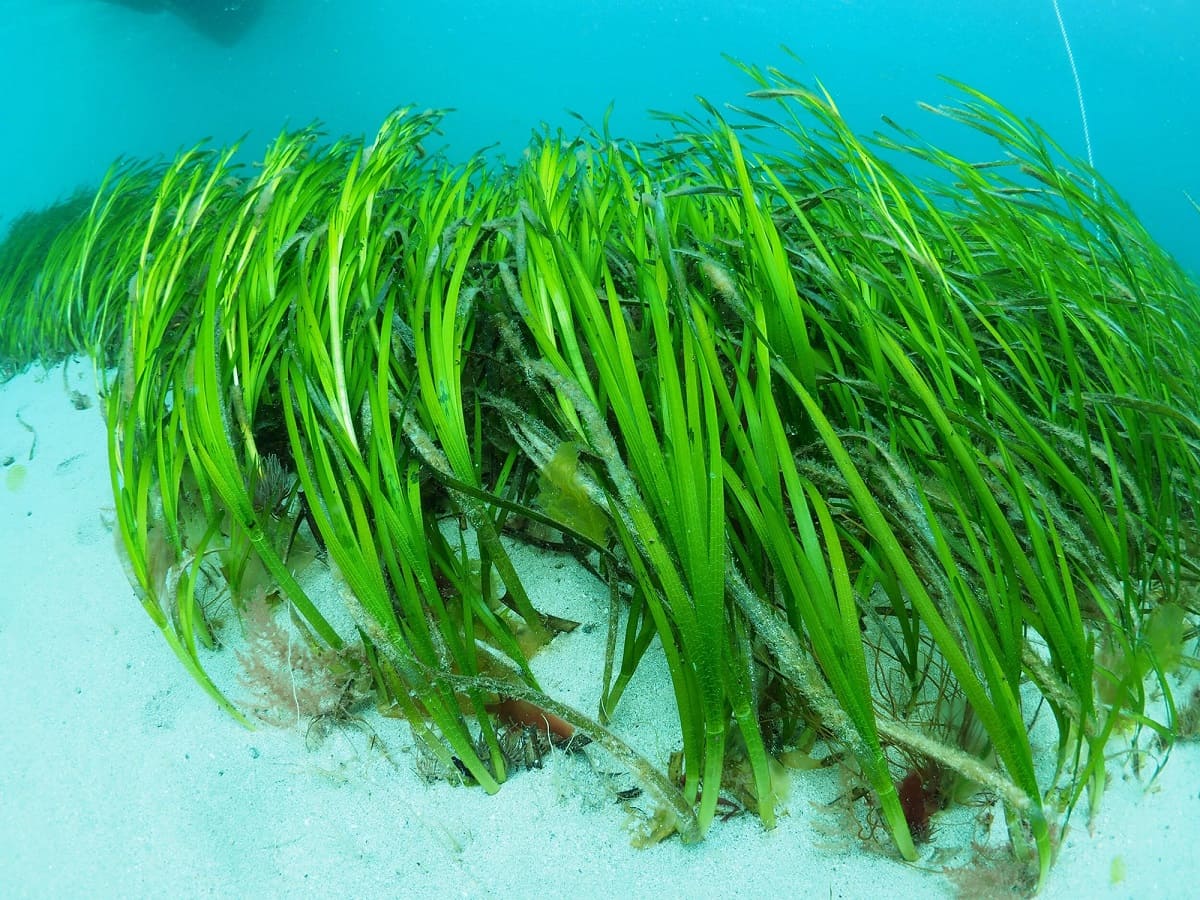
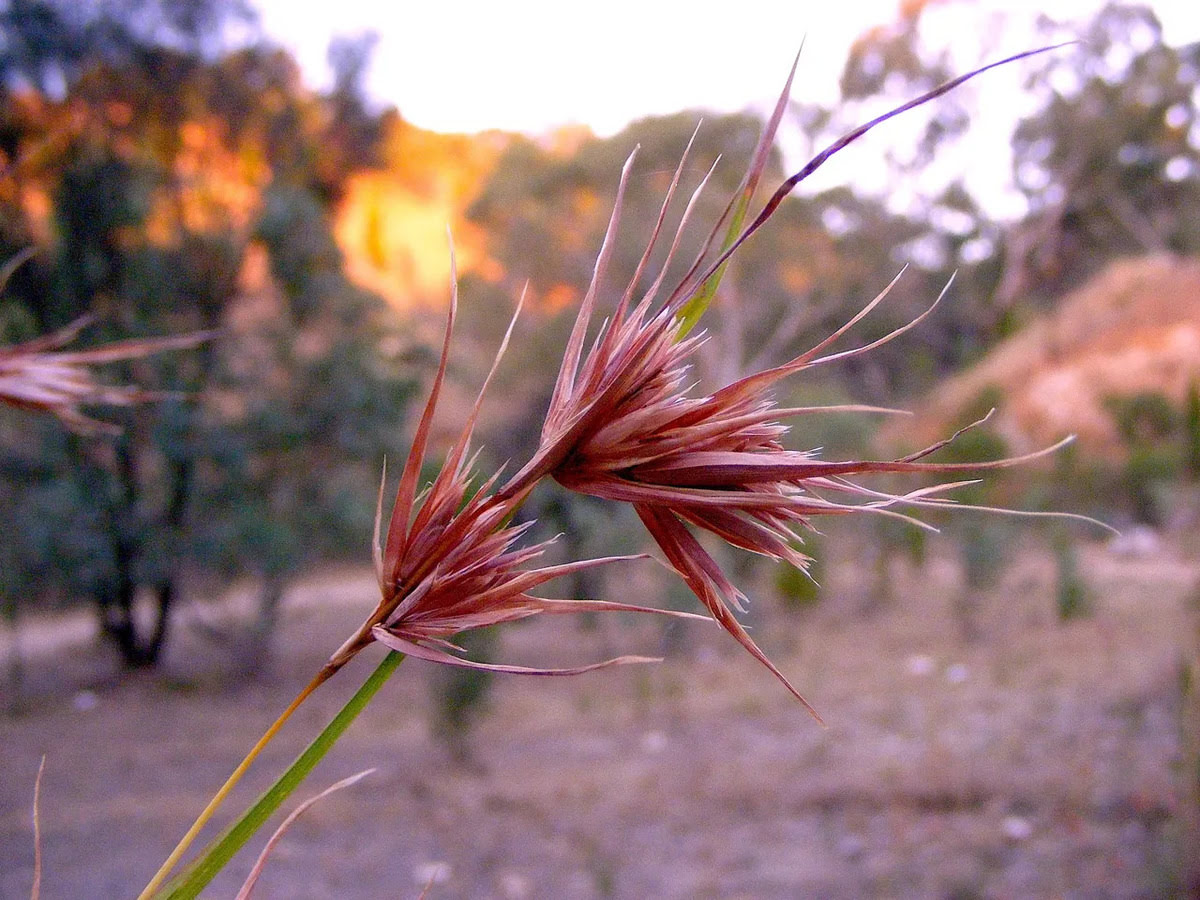
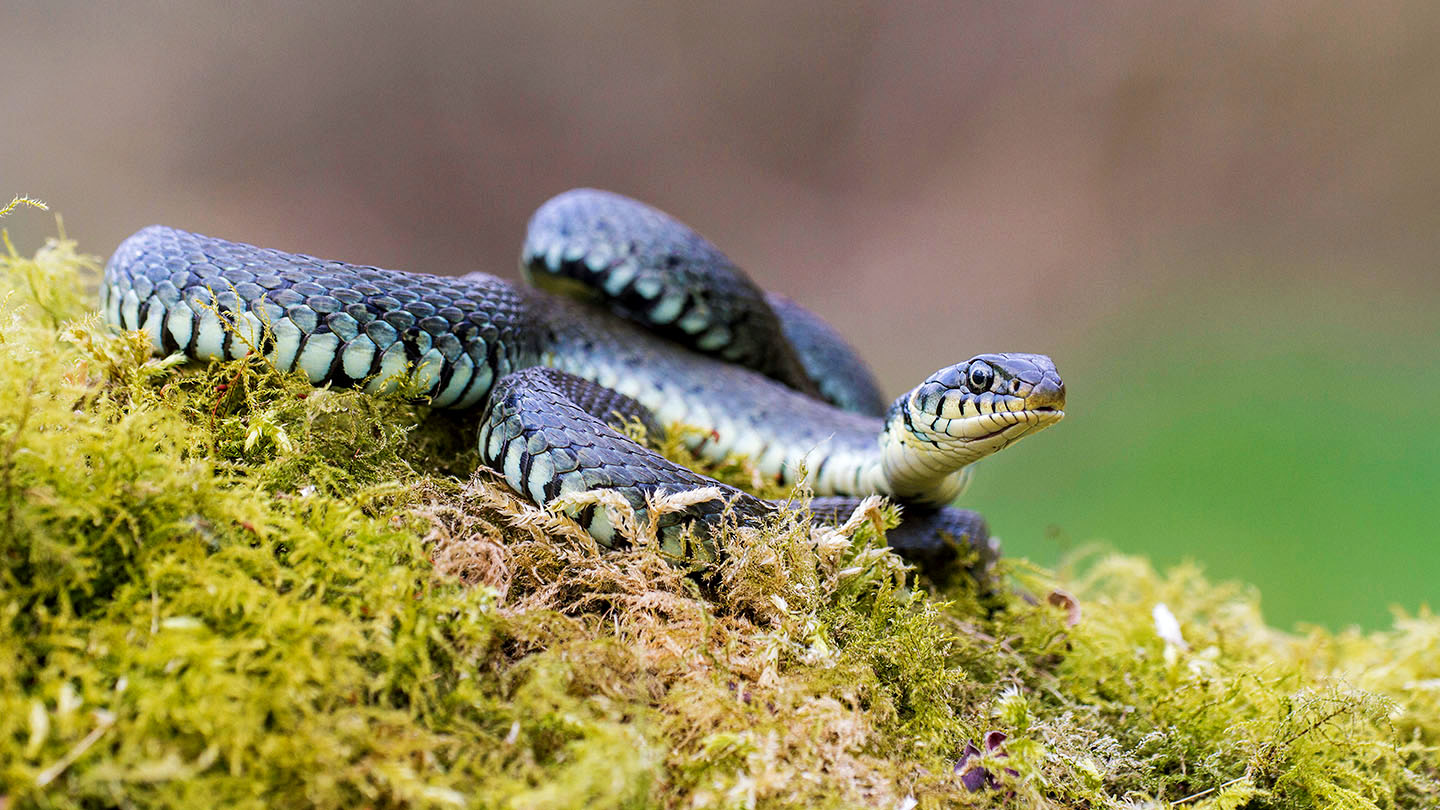
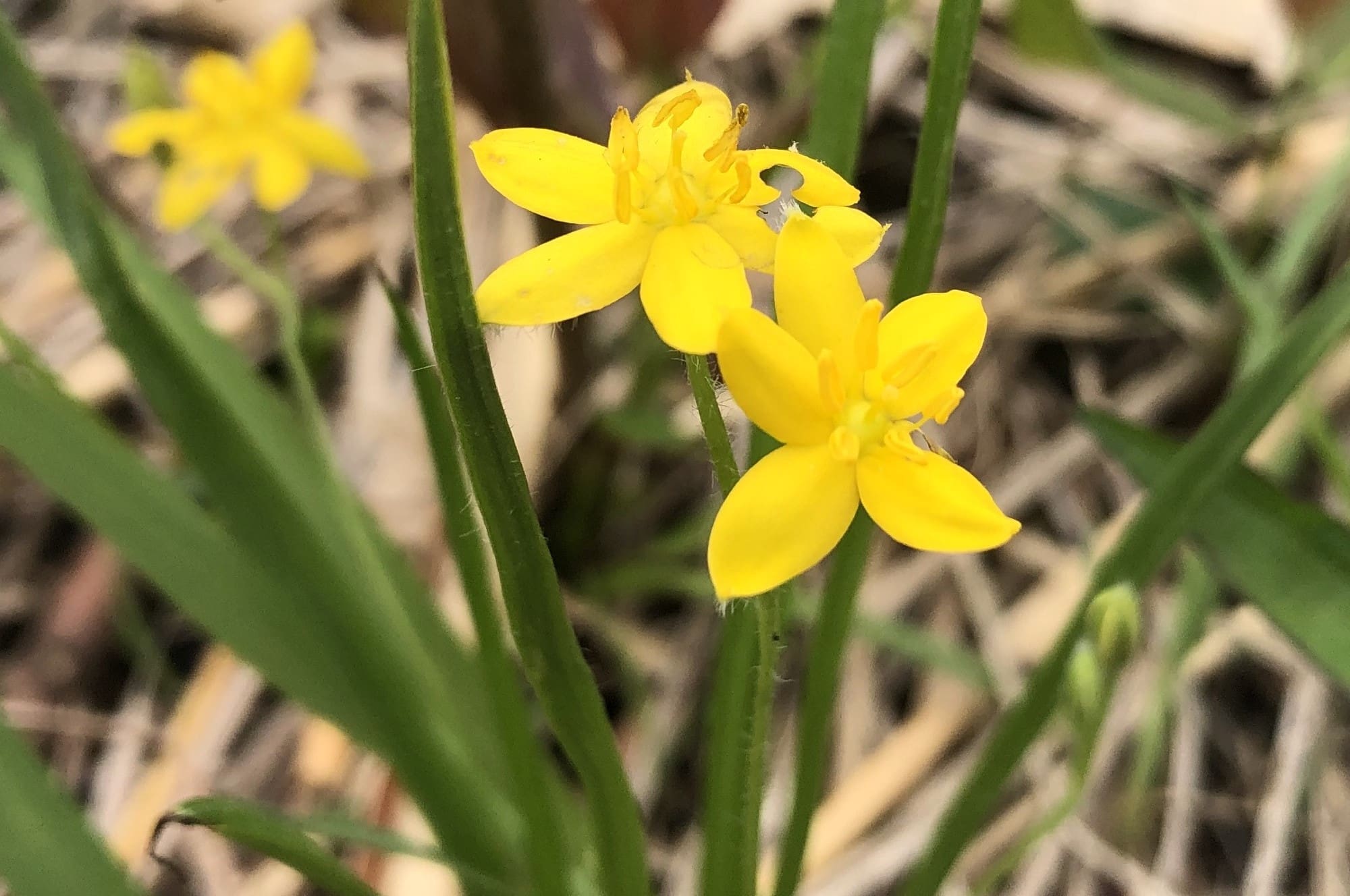
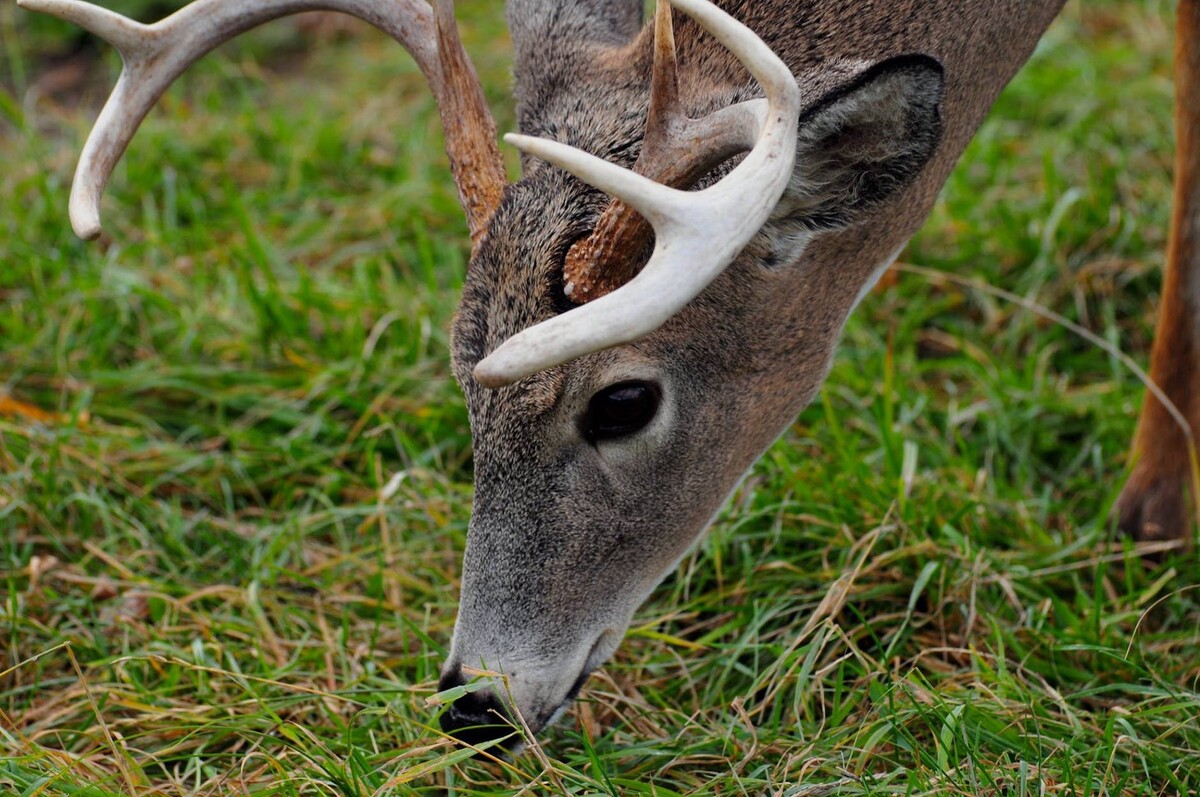
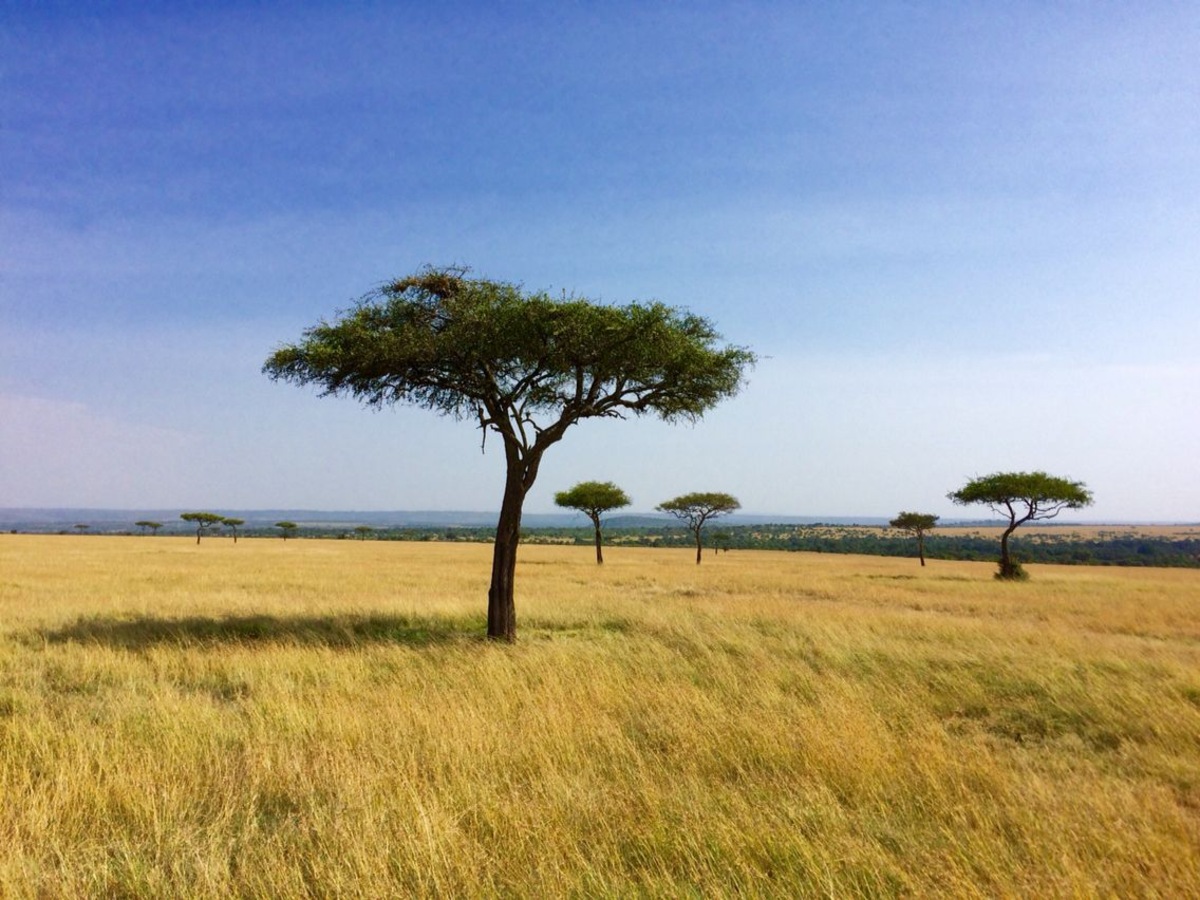
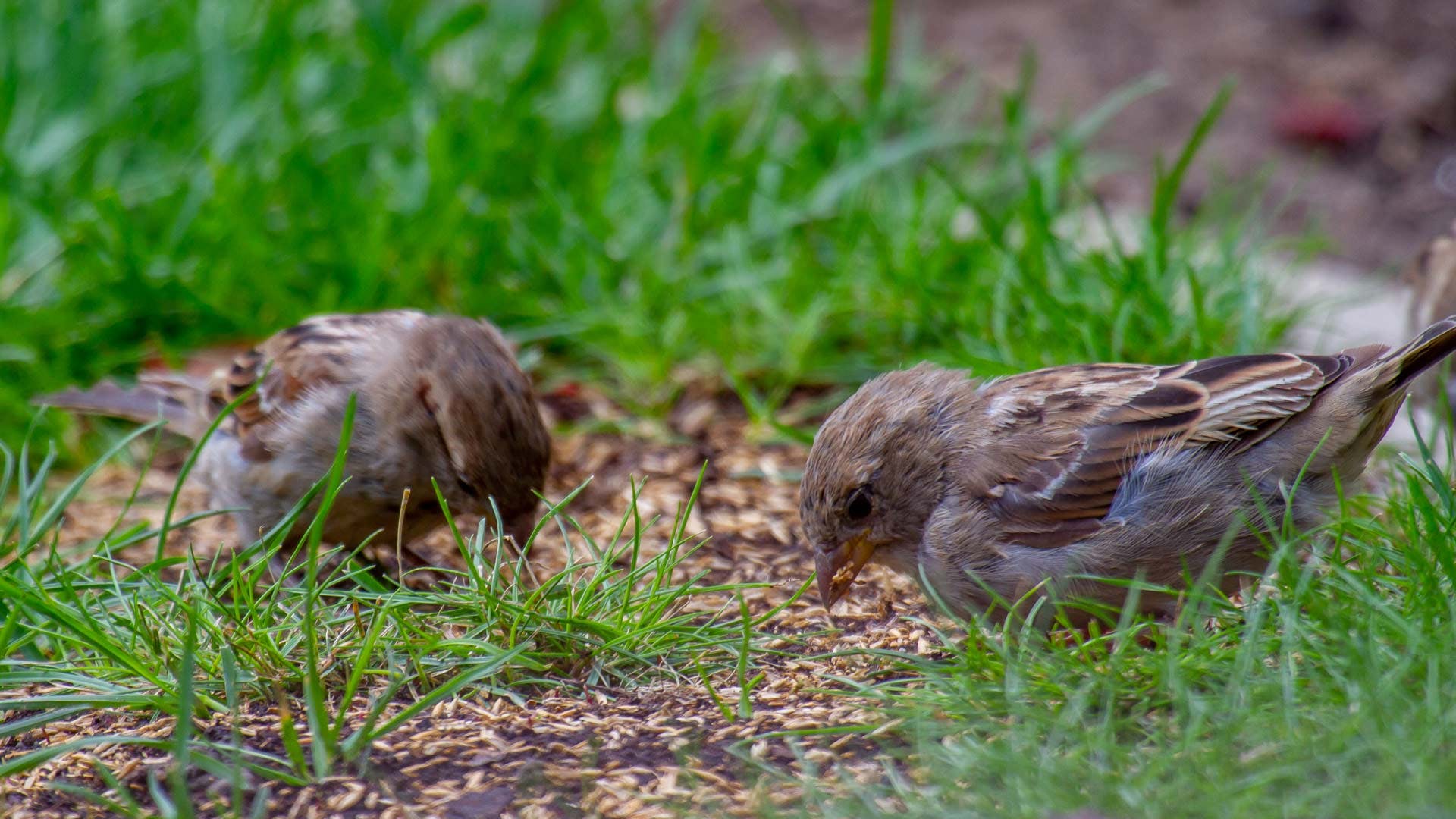

0 thoughts on “What Eats The Grass”